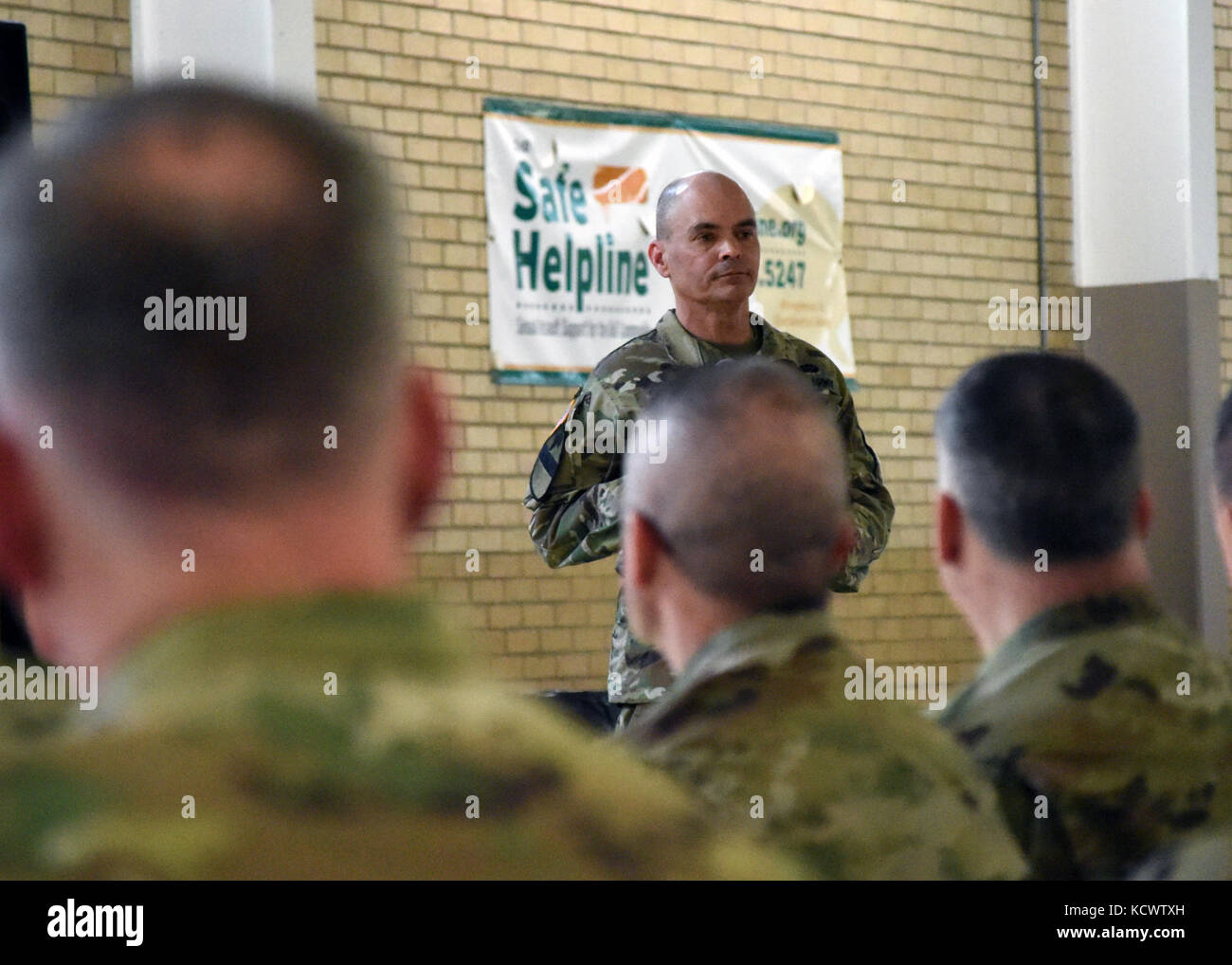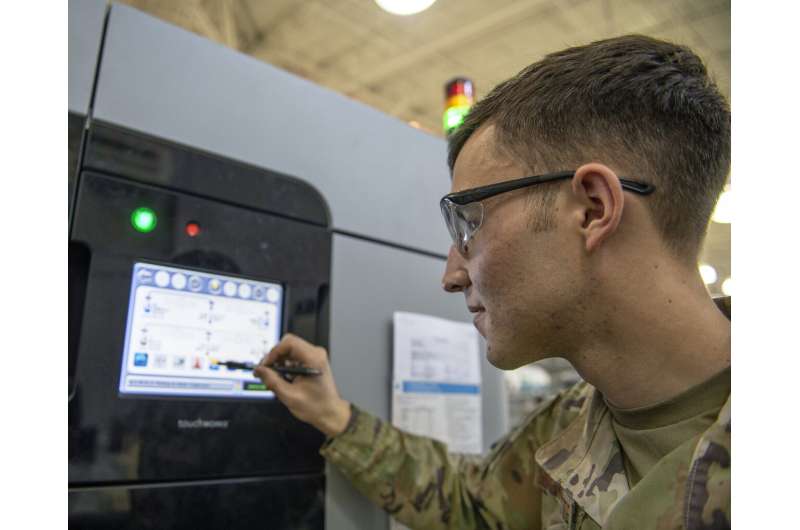

This project is the result of on-going collaboration between IBCC, the MOD Records Office and National Archives, Kew. IBCC is delighted to introduce a unique facility to link the Losses Database to the relevant RAF Casualty Pack on the National Archives website. To stay up-to-date on the latest AFOSR happenings, please join us on Facebook at or follow us on Twitter at. The AFOSR European Office of Aerospace Research and Development supports the Air Force science and technology community by identifying foreign technological capabilities and accomplishments that can be applied to Air Force needs. As a vital component of the Air Force Research Laboratory, AFOSR's mission is to discover, shape and champion basic science that profoundly impacts the future Air Force. The Air Force Office of Scientific Research, located in Arlington, Virginia, continues to expand the horizon of scientific knowledge through its leadership and management of the Air Force's basic research program. The beauty of basic research, and the Air Force commitment to such research, is the revolutionary long term benefit-in this case, on an international scale. The beauty of theoretical physics is the ability to postulate the existence of nature's building blocks, many of which were predicted decades before their existence was proven in the laboratory-or in the 17 mile long tunnel of CERN's Large Hadron Collider.

#Airman higgs verification#
Without the verification of the Higgs boson, the Standard Model was incomplete in its arrangement of the myriad of particles and forces of nature. The Higgs boson and the Higgs field provide the basis for why elementary particles have mass.

What is noteworthy with regard to the PRL milestone papers are the critical contributions of each supporting the point that the particles that carry the weak force acquire their mass through interactions with what we now term the Higgs field, an all-pervasive force that provides the environment in which interactions occur via particles now known as Higgs bosons. While taking similar approaches to the boson issue, all three independently came to essentially the same conclusion. Englert and Brout were the first to publish (PRL, August 1964), followed by Higgs (PRL, October 1964) and lastly by Guralnik, Hagen and Kibble (PRL, November 1964). Physical Review Letters (PRL) selected all three groups 1964 "symmetry breaking" papers for their Milestone Papers honor. François Englert and Robert Brout at the University of Brussels, were funded in two grants through the European Office of Aerospace Research and Development (EOARD), the overseas office of the Air Force Office of Scientific Research, the basic research arm of the United States Air Force. Gerald Guralnik, Carl Hagen and Tom Kibble, at Imperial College in London, and Drs. There were five additional figures who contributed significantly to the Higgs theory in 1964, and those five-Drs. This key to the Standard Model was proposed by several physicists besides Higgs at about the same time. In the case of the Higgs, it is thought to be critical to the existence of the universe itself because this particle is thought to provide the property of mass.īut the theoretical effort was not Higgs' alone. The Higgs particle takes its name from British physicist Peter Higgs and is a key to the Standard Model, which, in physics, accounts for all the particles that make up nature. This piece of subatomic matter, dubbed the "God Particle," in physicist Leon Lederman's 1993 book of the same name, has been hunted since the early 1970s, but theorized about for many years prior. On 4 July, scientists at Geneva-based CERN, the European Organization for Nuclear Research, announced they had found the Higgs boson, or something significantly like the Higgs boson. Air Force Office of Scientific ResearchĪRLINGTON, Va.


 0 kommentar(er)
0 kommentar(er)
